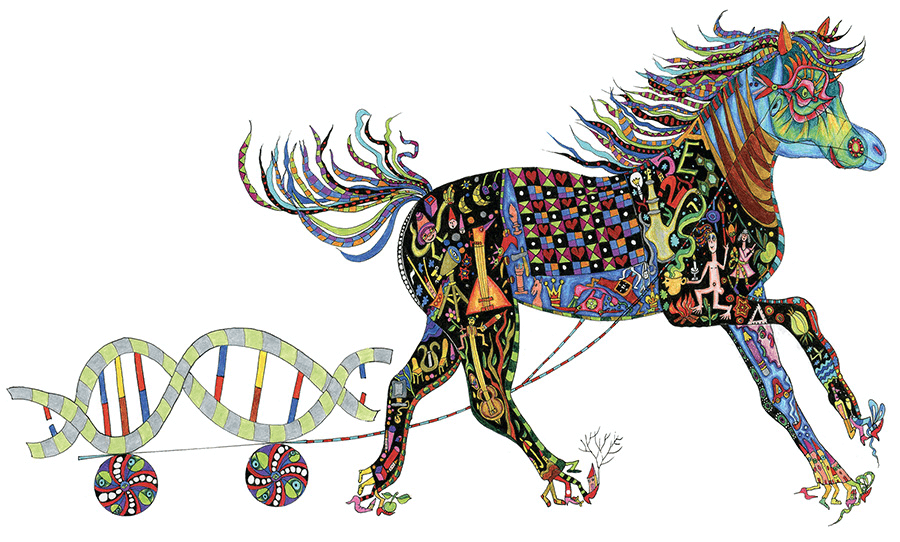 What is consciousness, and who (or what) is conscious — humans, nonhumans, nonliving beings? Which varieties of consciousness do we recognize? In their book “Picturing the Mind,” Simona Ginsburg and Eva Jablonka, two leading voices in evolutionary consciousness science, pursue these and other questions through a series of “vistas” — over 65 brief, engaging texts, presenting some of the views of poets, philosophers, psychologists, and biologists, accompanied by Anna Zeligowski’s lively illustrations.
What is consciousness, and who (or what) is conscious — humans, nonhumans, nonliving beings? Which varieties of consciousness do we recognize? In their book “Picturing the Mind,” Simona Ginsburg and Eva Jablonka, two leading voices in evolutionary consciousness science, pursue these and other questions through a series of “vistas” — over 65 brief, engaging texts, presenting some of the views of poets, philosophers, psychologists, and biologists, accompanied by Anna Zeligowski’s lively illustrations.
Each picture and text serves as a starting point for discussion. In the texts that follow, excerpted from the vista “How Did Consciousness Evolve?” the authors offer a primer on evolutionary theory, consider our evolutionary transition from nonsentient to sentient organisms, explore the torturous relation between learning studies and consciousness research, and ponder the origins and evolution of suffering and the imagination.



































